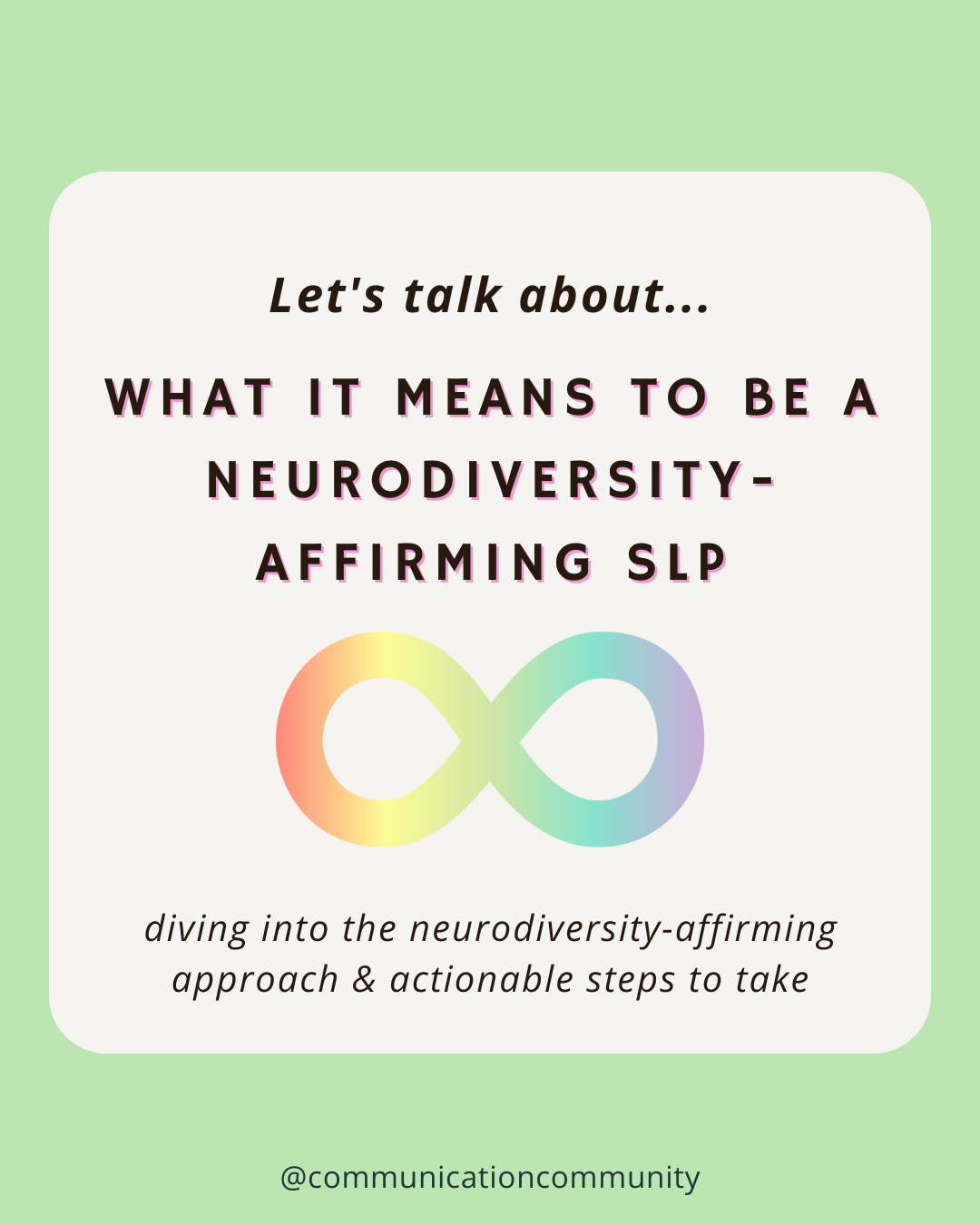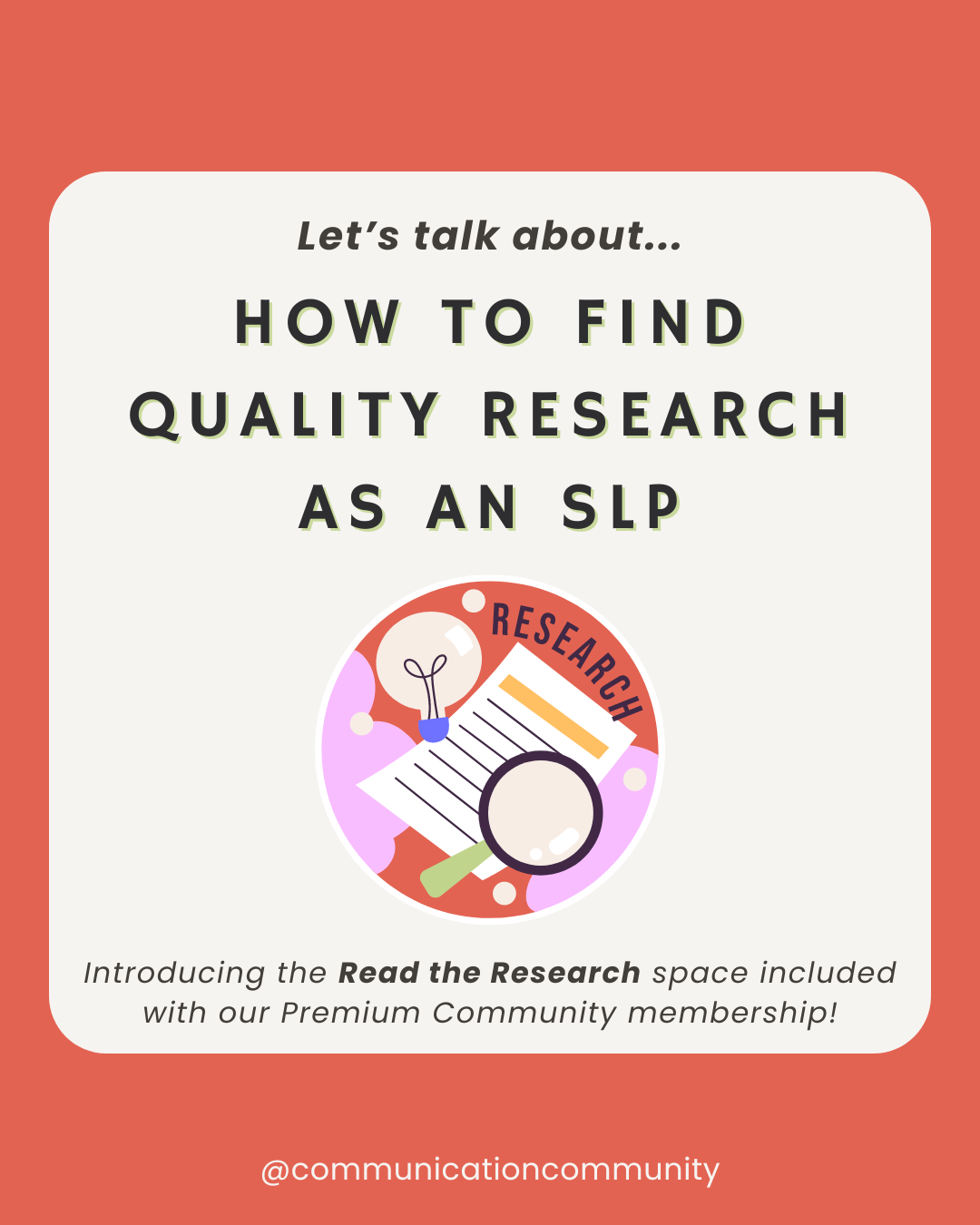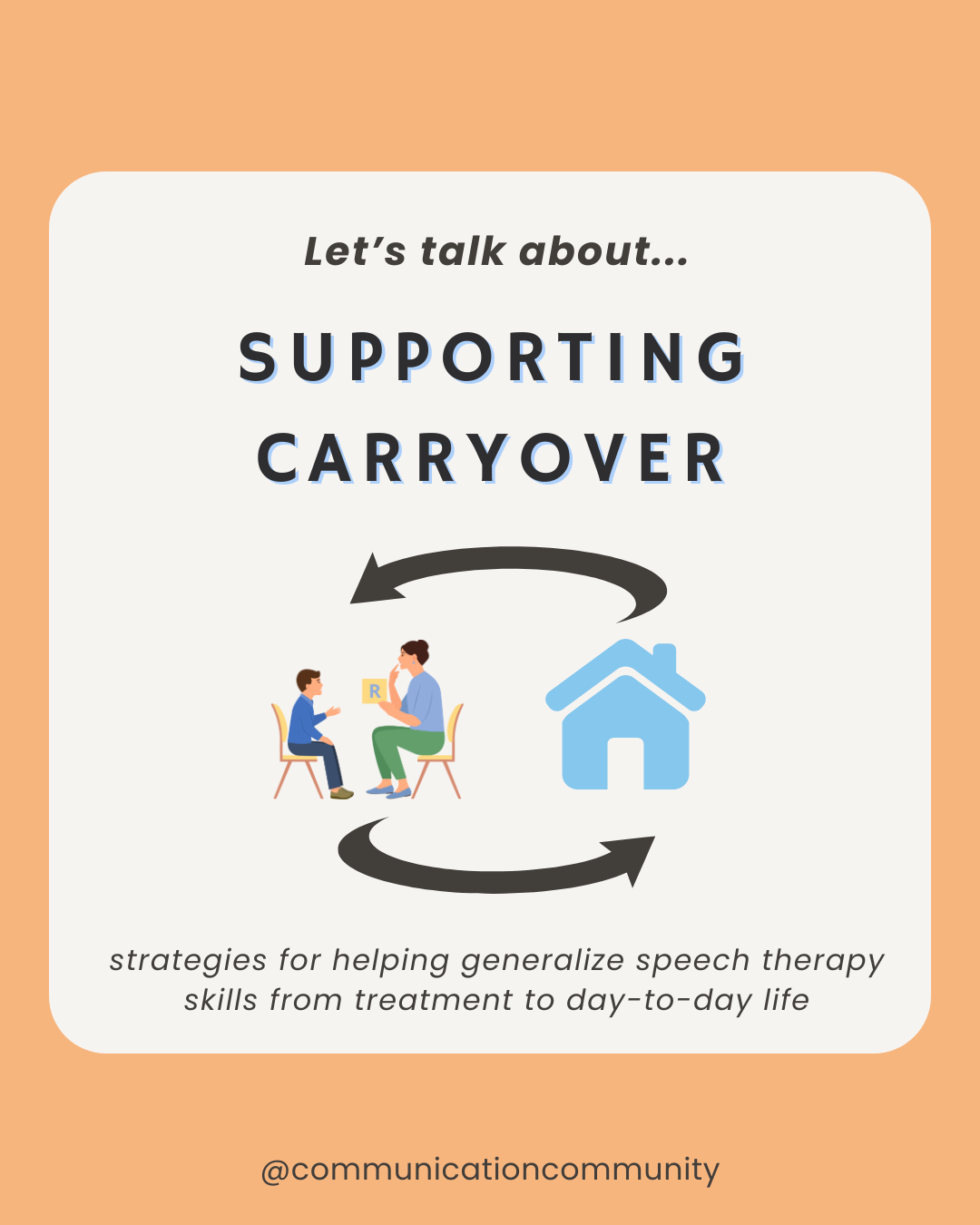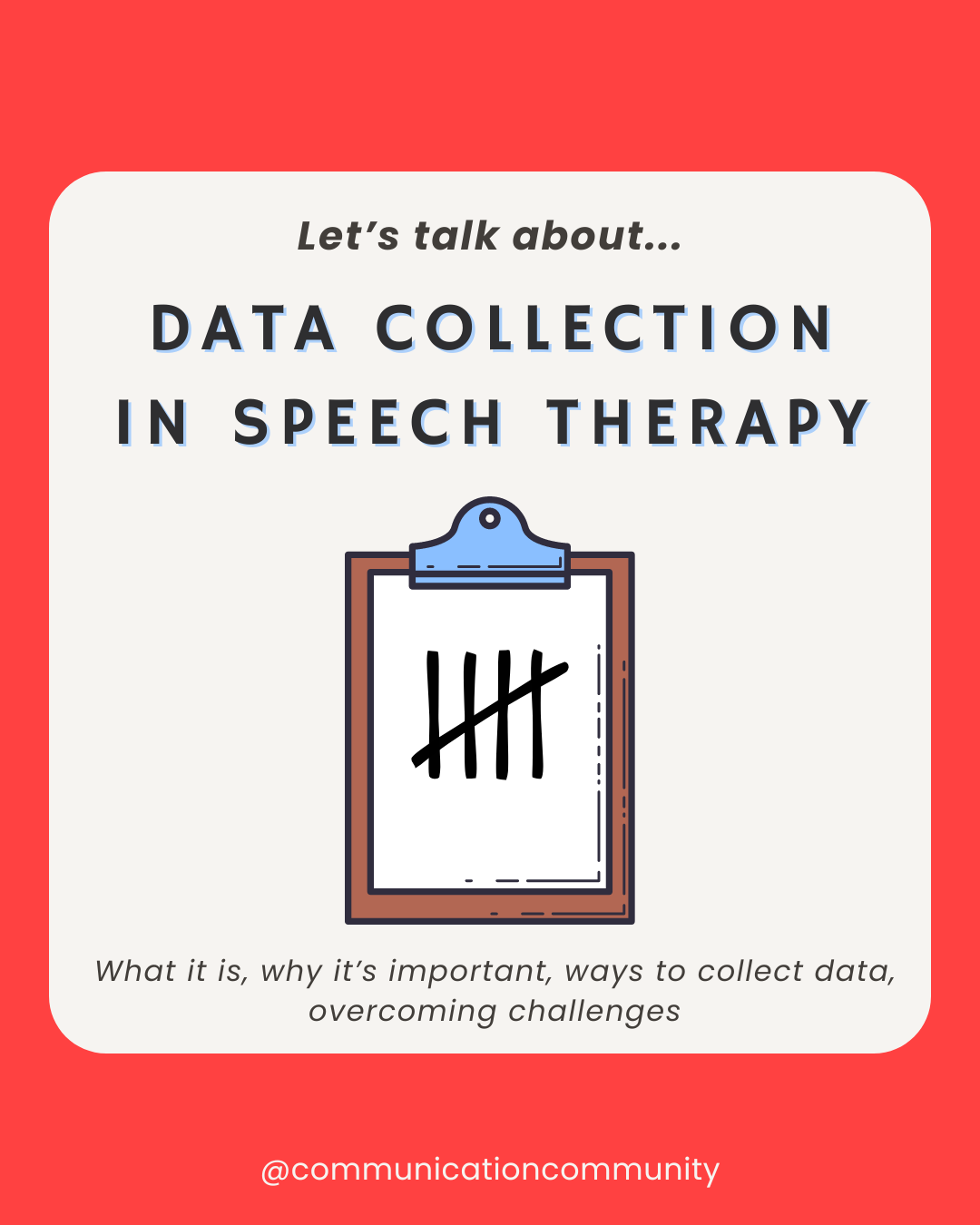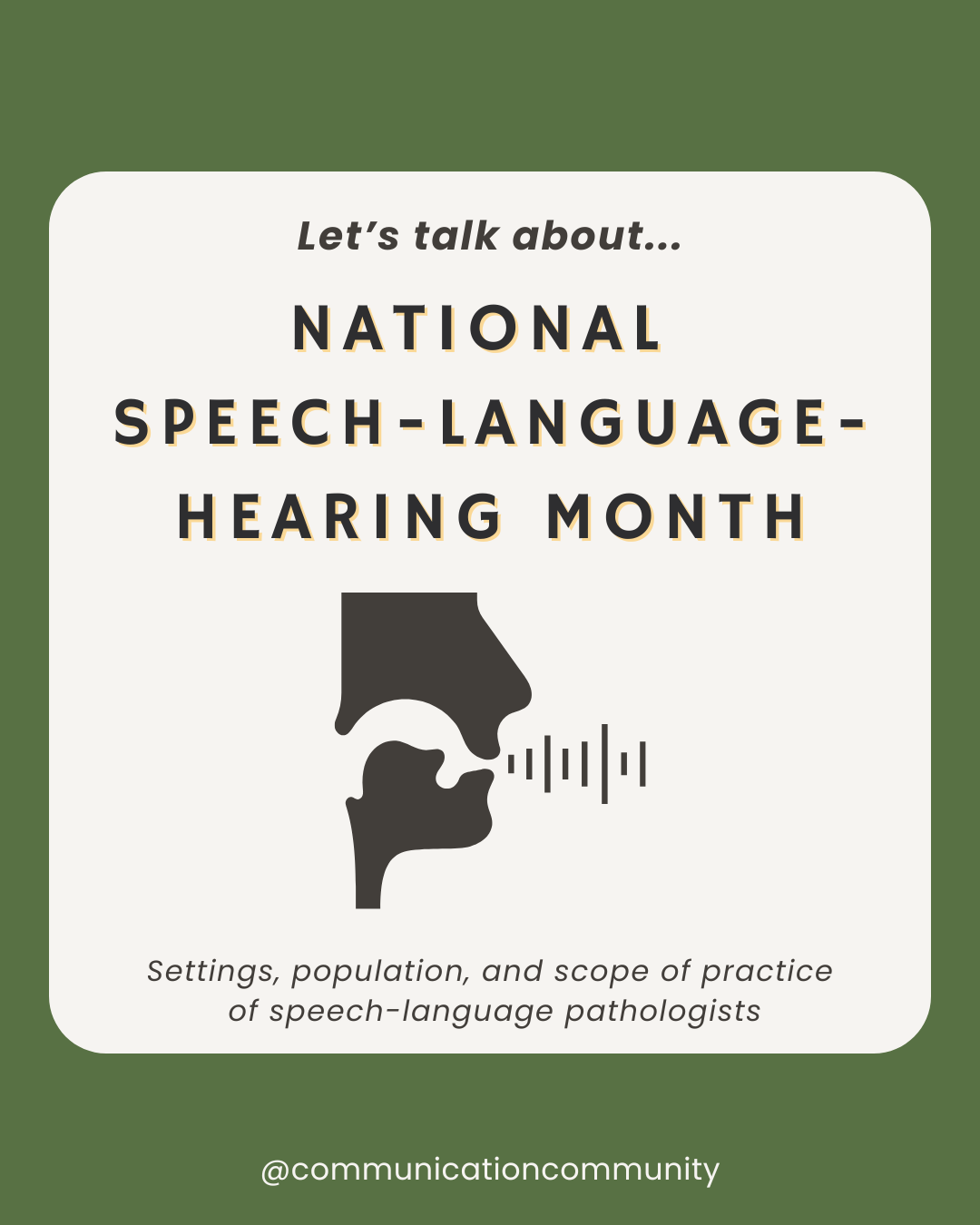What is Neurodiversity?
The concept of neurodiversity refers to the variations in the human brain that allow individuals to interact with the world around them uniquely.
The concept of neurodiversity acknowledges that brain differences are natural and that conditions like autism, ADHD, and dyslexia are variations of the human brain, not deficits. As speech-language pathologists (SLPs), it’s crucial to understand that our neurodivergent clients might have different ways of communicating and interacting with the world, which are equally valid.
One of the first steps to becoming a neurodiversity-affirming therapist is understanding the differences in therapeutic paradigms/approaches. It is also essential to educate oneself on the meaning and scope of neurodivergence and the experiences of neurodivergent individuals.
Understanding the terms: neurodivergent & neurotypical
Neurodivergent: This term refers to individuals whose neurological development and functioning are considered atypical, often associated with conditions like autism, attention deficit hyperactivity disorder (ADHD), dyslexia, stuttering, and others. The term highlights the difference rather than deficit and is used to describe individuals whose brain functions differ from what is considered “typical” or “standard” (neurotypical).
Neurotypical: This term describes individuals whose neurological development and functioning are considered to be within societal “norms.” It is used as a contrast to neurodivergent and implies that the person's cognitive and neurological patterns align with what is generally considered typical or standard within the population.
What Does it Mean to be a Neurodiversity-Affirming SLP?
A neurodiversity-affirming SLP follows principles that respect their clients' unique communication styles and promote a more inclusive and effective approach to therapy. You may hear this approach referred to as the neurodiversity paradigm.
Neurodiversity-affirming principles may include:
- Developing treatment goals that are functional and individualized
- Documenting based on strengths and respectful of differences
- Understanding the needs of the client and family when creating a treatment plan
- Providing therapy that is flexible and responsive to the client’s needs and interests
- Exploring communication modalities that are preferred and tailored to the client (not pushing solely for speaking/oral communication)
A neurodiversity-affirming approach is different than a traditional approach to treatment.
Traditional principles may include:
- Using normative standards as the basis when creating goals
- Documenting based on deficit-oriented areas
- Creating goals and treatment plans with little or no input from the client/family
- Providing therapy that follows a set structure
- Emphasizing the need for fluency or sole focus on oral communication approaches
The traditional SLP approach is more about aligning an individual's abilities with established norms and often views/reports deviations as deficits. You may hear the term masking to describe how neurodivergent individuals have learned to consciously or unconsciously hide or suppress their natural behaviors and tendencies to conform to societal or neurotypical norms. This can include mimicking social cues, hiding stimming behaviors, or forcing themselves to make eye contact.
In contrast, the neurodiversity-affirming approach is more individual-centered, focusing on enhancing communication in a way that respects and utilizes the individual's unique communication style and preferences. This latter approach is more aligned with the social model of disability, which emphasizes societal adaptation and acceptance rather than individual remediation.
Neurodiversity-Affirming Tips for Treatment
1. Support individual communication (& play) styles:
Every neurodiverse individual has a unique way of expressing themselves - we all do! It’s important to respect preferred communication modalities and work to help support/strengthen these areas, rather than trying to adapt the client's needs and preferences to be closer to what we would see in neurotypical individuals (e.g., sole focus on enhancing oral communication).
2. Focus on functional goals:
Goals should focus on the quality and connection of the individual's communicative interactions, as well as be functional and relevant to the individual’s daily life. Instead of aiming for normalcy, focus on enhancing the individual's ability to effectively communicate their needs, preferences, and thoughts.
3. Collaborate with clients and families:
The involvement of clients and their families in goal-setting is key. It is an essential component of person- or family-centered care that aims to understand the client’s priorities and what they wish to achieve through therapy. This collaborative approach ensures that goals are personalized and meaningful. One of our favorite ways to obtain this kind of information is via ethnographic interviewing.
4. Promote self-advocacy:
Self-advocacy is critical when it comes to effective communication. It empowers our clients to assertively express themselves in various contexts, ask for accommodations or support when needed, and make their voices heard in decisions that affect them. One example is letting their communication partner know if they would like to be referred to using identity-first (e.g., “I am autistic”) or person-first language (e.g., “I am a person with autism”).
5. Use strengths-based approaches:
A strengths-focused approach in therapy acknowledges and utilizes the client’s inherent abilities as a foundation for growth and development, leading to more effective, enjoyable, and empowering therapeutic experiences. This is something that may also be incorporated into the language used when writing a progress report.
6. Incorporate the client’s interests
When therapy activities are aligned with a client's interests, they are more likely to be engaged and motivated (a plus for building rapport and making connections, too)! This heightened engagement can lead to more effective learning and participation during the treatment session.
Looking for additional support?
Recently, we launched a Premium Membership Community for SLPs, with resources to support many of the areas mentioned above! As a member, you have unlimited access to many of these resources, which include:
- Self-advocacy lesson slides
- Self-advocacy task cards (strategies)
- Ethnographic interview form
- Self-determination goal creator
& SO much more!
Why are Therapists Making a Shift to be Neurodiversity-Affirming?
The shift towards neurodiversity-affirming practices is a reflection of contemporary understanding in neuroscience and psychology, ethical practice, client-centered care, and social perspectives on disability. It represents a more inclusive and respectful approach to therapy that acknowledges and celebrates neurological diversity.
SLP closing thoughts…
When embarking on the journey to become a neurodiversity-affirming speech therapist, it's essential to acknowledge that this transition may require time and in-depth investigation. That is OKAY! As professionals, we carry a bulk of (often antiquated) knowledge and methodologies from our previous education and experiences, which can be difficult to face and challenge. While some of these foundations may have their value, embracing neurodiversity in speech therapy calls for an open mind and the willingness to adapt and grow.
It's crucial to approach this change with compassion, for the clients we care for, for ourselves, as well as others in the field. Recognizing that it's entirely permissible and okay to change our perspectives based on new understandings is a sign of professional maturity and dedication to our clients' best interests. As we learn and evolve in our practices, we also have the unique opportunity to respectfully educate and influence others, sharing insights and strategies that align with neurodiversity-affirming principles.
This journey is not just about acquiring new skills but also about reshaping our mindset to fully support and celebrate the diverse ways in which our clients experience and interact with the world. By doing so, we not only enhance our therapeutic effectiveness but also contribute to a more inclusive and understanding professional community.
-Kristi & Becca
References/further resources:
Burch, J. (2023, November 9). Affirming neurodivergence: no more ‘quiet hands.’ The ASHA LeaderLive. Retrieved November 30, 2023, from https://leader.pubs.asha.org/do/10.1044/leader.MIW.28112023.slp-neurodiverse-treatment.30/full/.
Cleveland Clinic. (2022, June 2). Neurodivergent. Retrieved from https://my.clevelandclinic.org/health/symptoms/23154-neurodivergent
Communication Community. (2023, April 21). What is neurodiversity? Retrieved from https://www.communicationcommunity.com/what-is-neurodiversity/
DeThorne, L., & Searsmith, K. (2020). Autism and neurodiversity: Addressing concerns and offering implications for the school-based speech-language pathologist. Perspectives of the ASHA Special Interest Groups, 6, 1–7. https://doi.org/10.1044/2020_PERSP-20-00188
Dodd, A. (2023, April 19). Neurodiverse applicants are revolutionizing the hiring process. Quartz. Retrieved from https://qz.com/work/1981466/neurodiverse-applicants-are-revolutionizing-the-hiring-process/
Forbes Business Council. (2023, March 7). Why it's important to embrace neurodiversity in the workplace and how to do it effectively. Forbes. Retrieved from https://www.forbes.com/sites/forbesbusinesscouncil/2023/03/07/why-its-important-to-embrace-neurodiversity-in-the-workplace-and-how-to-do-it-effectively/?sh=6417d0eb4669
Therapist Neurodiversity Collective. (2023, July 17). Reassessing autistic social intelligence: Challenging the status quo of social skills training. Retrieved from https://therapistndc.org/therapy/social-skills-training/
Sauers, J. (2023, November). Incorporating neurodiversity-affirming approaches. The Respectful SLP.
Yu, B., & Sterponi, L. (2022). Toward neurodiversity: How conversation analysis can contribute to a new approach to social communication assessment. Language Speech and Hearing Services in Schools, 54(1), 27–41. https://doi.org/10.1044/2022_LSHSS-22-00041

